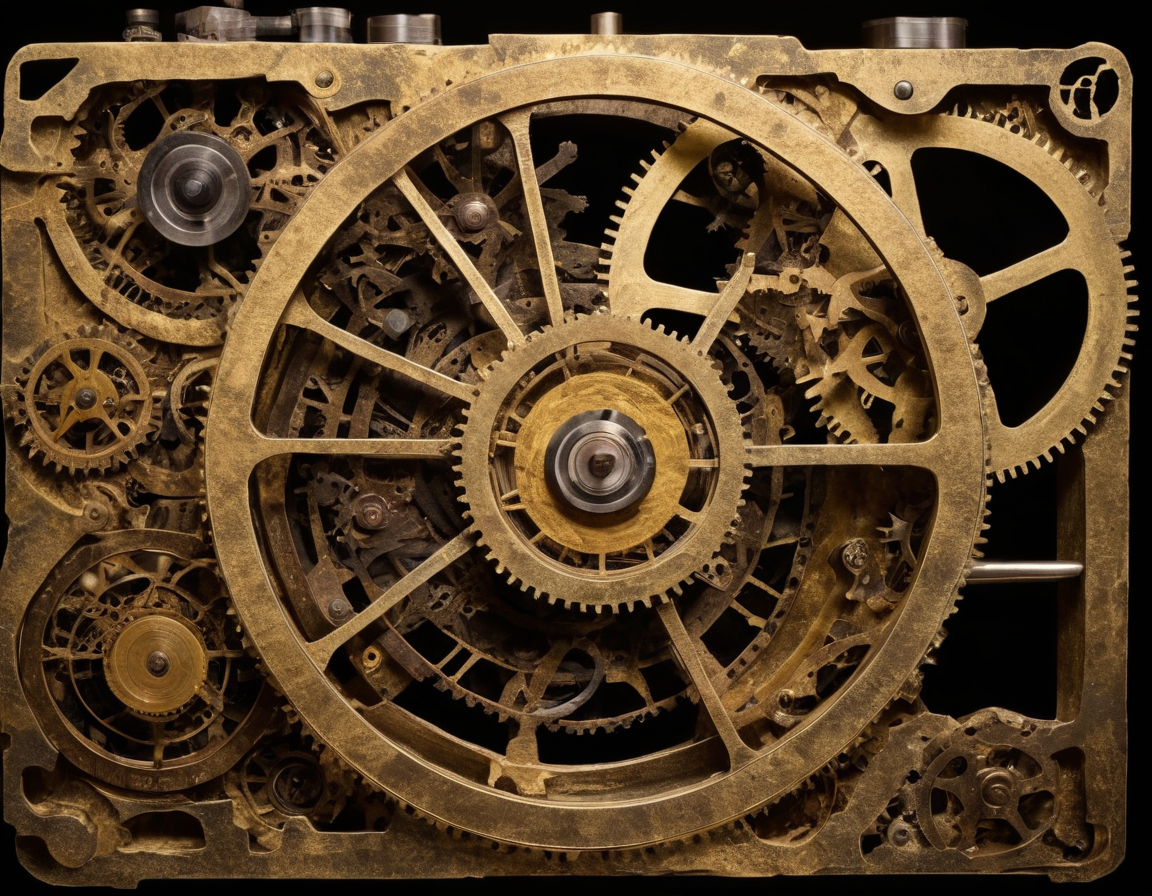Exploring the Intricacies of the Antikythera Mechanism: An Ancient Greek Marvel
Unraveling the Mysteries of the Antikythera Mechanism
Among the depths of the Aegean Sea, near the Greek island of Antikythera, an incredible artifact known as the Antikythera Mechanism was discovered over a century ago. This device, believed to be the world’s oldest known analog computer, continues to fascinate historians, scientists, and enthusiasts alike. In this blog post, we will delve into what makes the Antikythera Mechanism so special, its purported functions, and the ongoing research that keeps this ancient Greek marvel in the limelight of modern discovery.
The Discovery of the Mechanism
In 1901, an astonishing archaeological find was made by sponge divers when they stumbled upon a shipwreck off the coast of Antikythera. Among the treasures unearthed was the Antikythera Mechanism, which initially appeared to be a clump of corroded bronze and wood. However, upon closer examination, it was revealed to be a complex mechanical device, comprised of multiple gears and dials. 
Understanding Its Purpose
The Antikythera Mechanism is thought to have been used for tracking celestial events and cycles, such as the movement of planets, phases of the moon, and potentially even predicting eclipses and organizing calendars. Its intricate gear system suggests that ancient Greeks had knowledge of mechanical engineering that was incredibly advanced for its time.
Evidence suggests that the device may date back to around 100 BC, although some estimates place it even earlier. The level of sophistication present in the Antikythera Mechanism implies that Greek technology was far more intricate than previously believed, perhaps even rivaling that of later periods deemed more technologically advanced.
Deciphering the Gears
Researchers have used a variety of methods, including X-rays and advanced imaging techniques, to study the inner workings of the device. With over 30 bronze gears, scientists are gradually uncovering how the device would have functioned. 
The largest gear is thought to be representative of the lunar calendar, while smaller gears appear to track planetary movements. The front face likely featured a display showing the zodiac and a 365-day calendar, while the back could have contained dials predicting solar and lunar eclipses.
Significance and Legacy
The Antikythera Mechanism challenges our understanding of ancient technology, indicating that the ancient Greeks had not only conceptualized the complex movements of celestial bodies but also had the capabilities to build a machine to model these movements. It showcases the remarkable ingenuity of the human mind and hints at other lost technologies from antiquity.
The legacy of the Antikythera Mechanism continues as it inspires current innovations and fuels the quest to find other artifacts that may have similarly been lost to time. Adding to the allure of this device are the mysteries that still surround it—questions about who built it, how it was used, and why it was on the ship.

Conclusion
The Antikythera Mechanism remains a testament to human innovation and curiosity. As we continue to piece together its history and functions, it serves not only as a benchmark of ancient achievement but also as a reminder of the boundless possibilities that exist for discovery, both past and future. The secrets uncovered by the Antikythera Mechanism encourage us to look deeper into our shared history, seeking out the stories that have been submerged by the passage of time.
Do you find yourself captivated by the wonders of ancient technology? Share your thoughts and join the conversation about the Antikythera Mechanism and other historical marvels.






